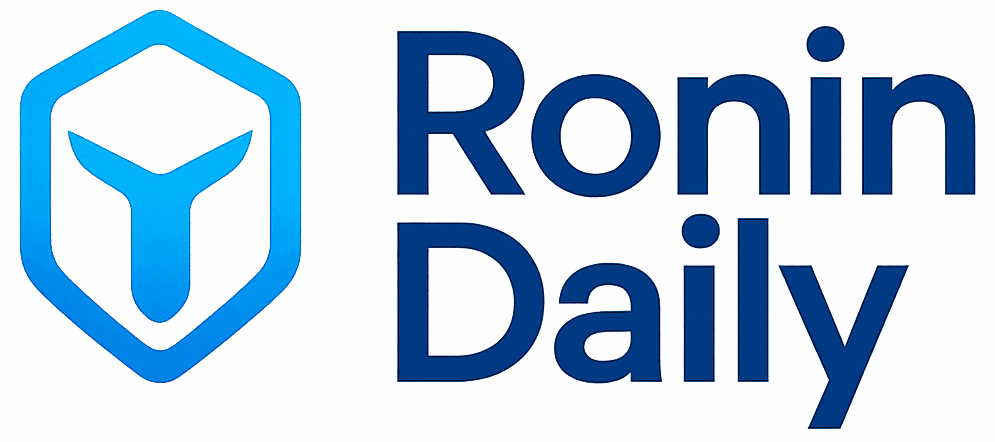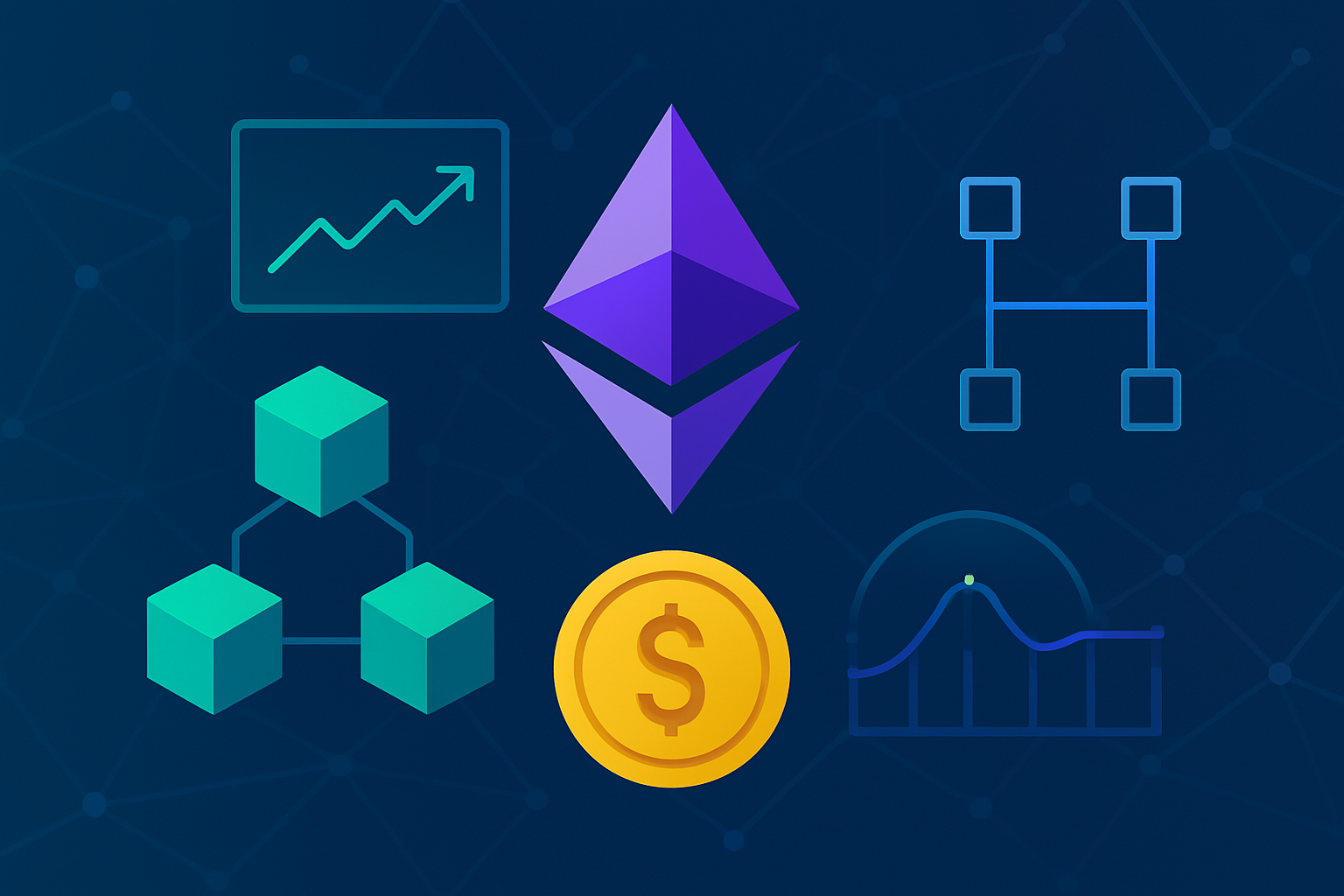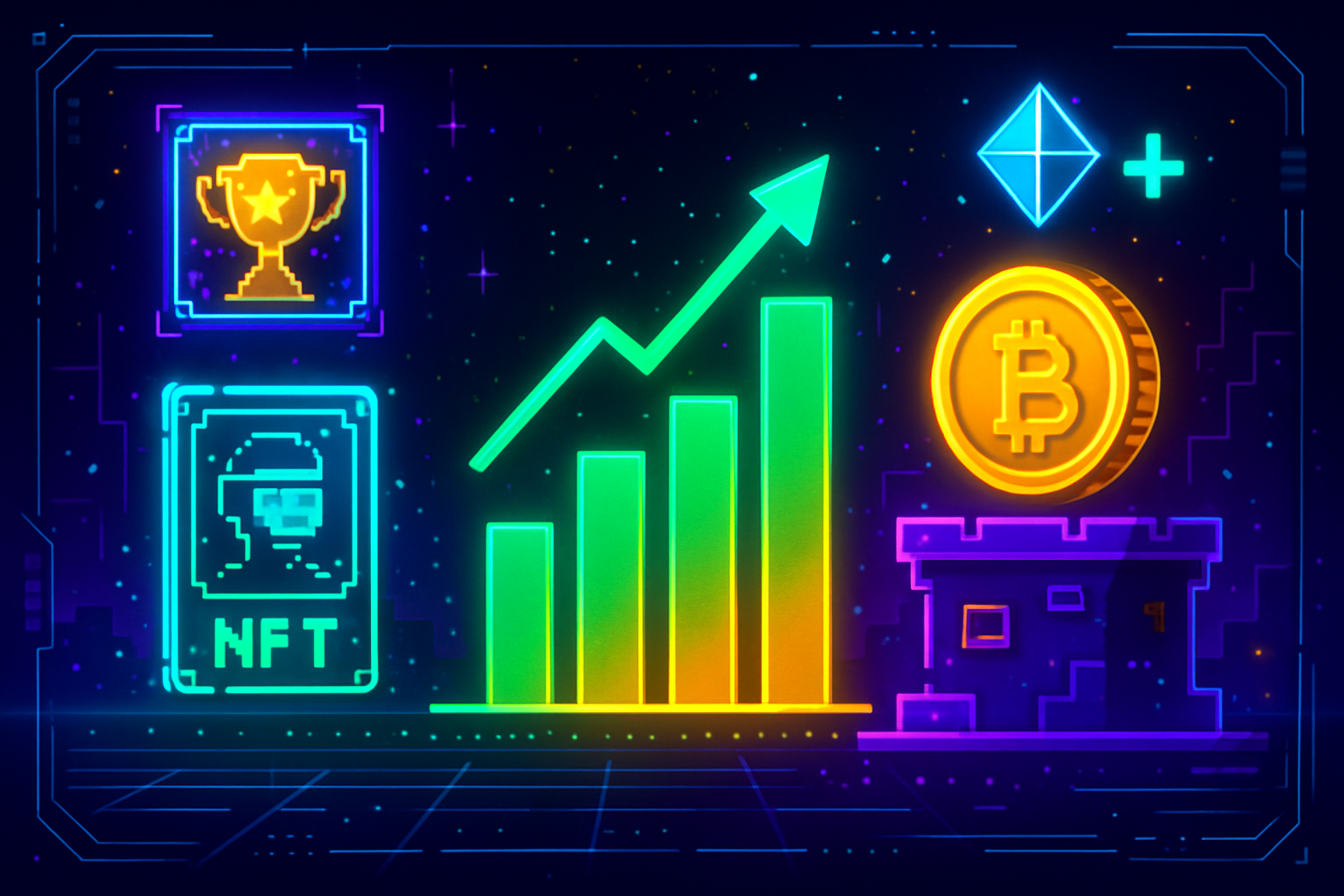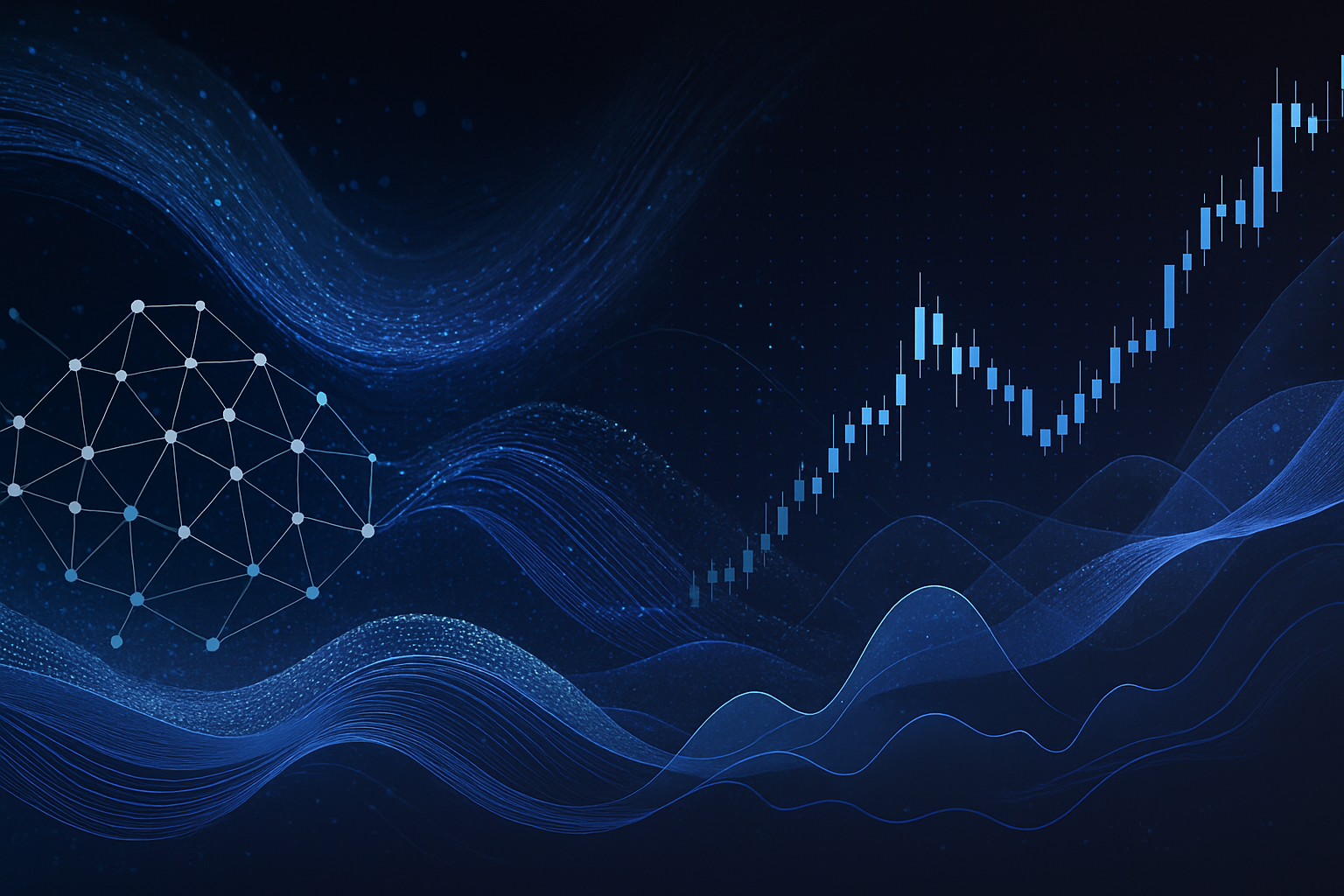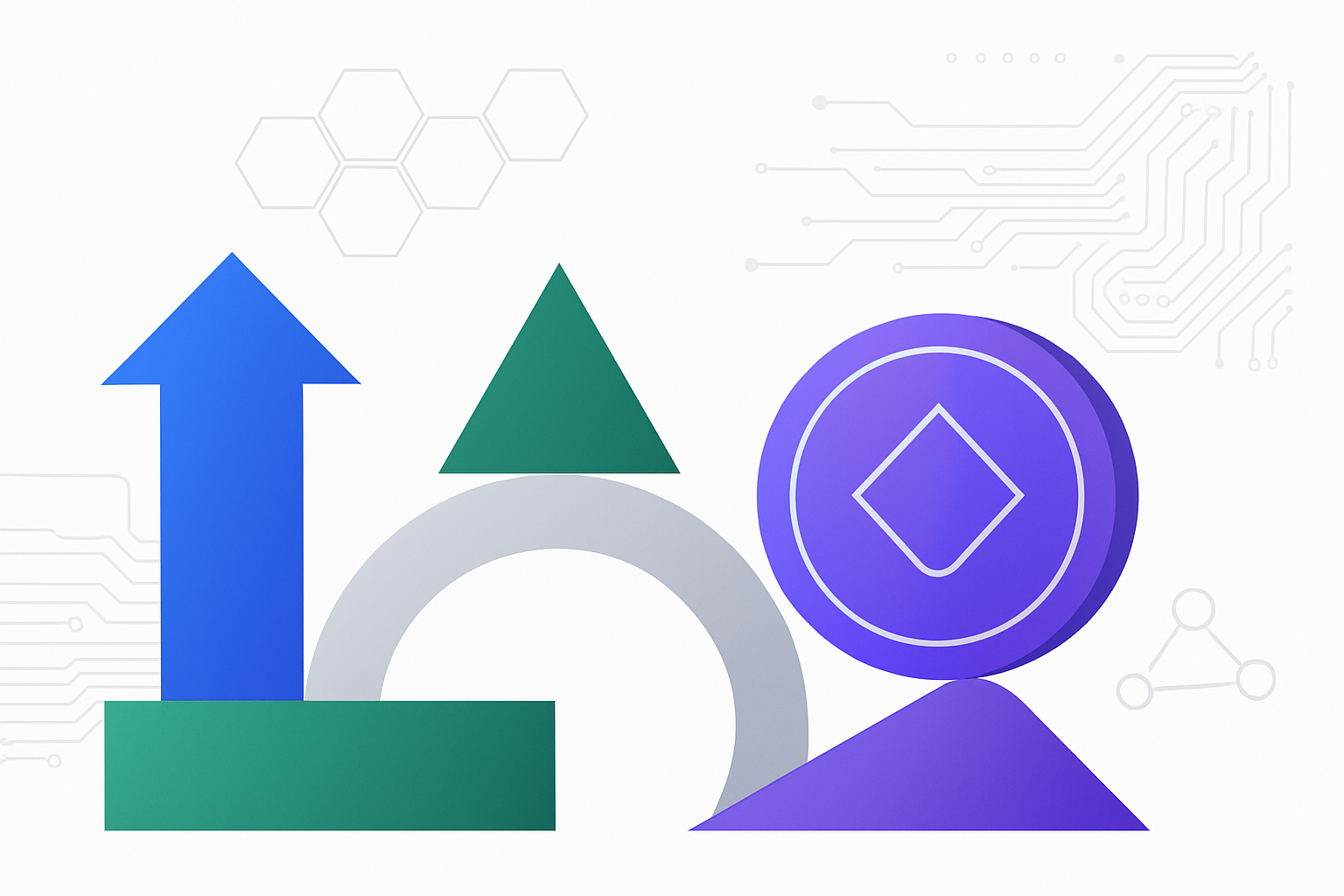
In 2025, the landscape of blockchain gaming is undergoing a seismic shift, and at the center of this transformation is Ronin Network’s migration to Ethereum Layer 2 (L2). With the Ronin (RON) token currently priced at $0.2898, all eyes are on how this transition will unlock true real-time gameplay, scalable economies, and a new era for Web3 developers and players alike.
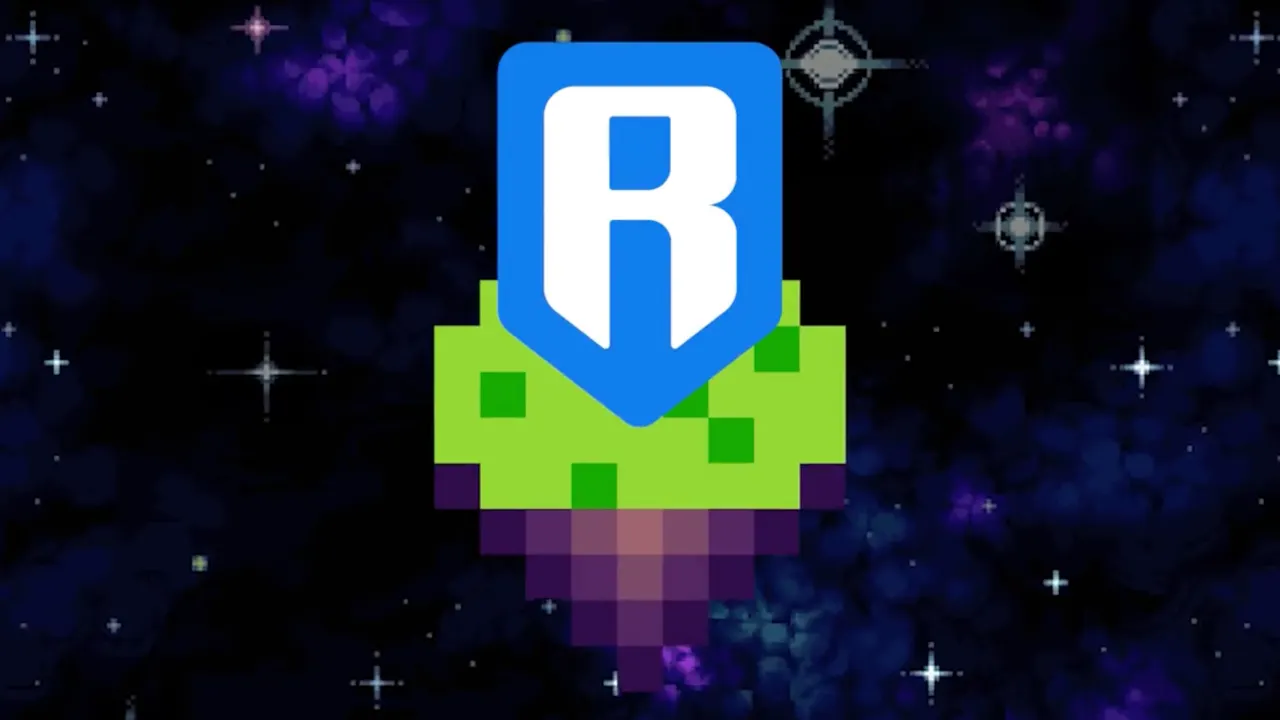
Ronin’s Evolution: From Sidechain to High-Performance Ethereum L2
Originally conceived as a gaming-centric sidechain for flagship titles like Axie Infinity, Ronin is now embracing its most ambitious upgrade yet: evolving into a fully-fledged Ethereum L2. This move leverages the Optimism OP Stack, allowing Ronin to inherit Ethereum’s security while achieving massive throughput and cost efficiency. The integration is on track for completion by Q1-Q2 2026, but its impact is already being felt across the industry.
The technical leap is more than just an incremental improvement. By adopting modular L2 architecture and integrating zero-knowledge proof technology (zkEVM), Ronin aims to process over 10,000 transactions per second (TPS), up from its previous 2,000 TPS. For comparison, legacy blockchains often struggle with single-digit TPS during high-load events. Now, with OP Stack-powered rollups, block times are targeting 100,200ms, fast enough for even the most demanding multiplayer games.
The End of Lag: Real-Time Blockchain Gaming Becomes Reality
For years, blockchain games have been plagued by slow transaction finality and prohibitive gas fees. These bottlenecks made it nearly impossible to deliver seamless user experiences or support vibrant in-game economies. In 2025, thanks to Ronin L2’s upgrades:
- Transaction costs have plummeted by 80%, with average fees now under $0.01, making microtransactions viable for play-to-earn models and NFT trading.
- Ultra-fast settlement enables real-time gameplay mechanics: instant battles, auctions, resource trading, and more.
- Security is dramatically enhanced as Ronin inherits Ethereum’s proven consensus and validator infrastructure.
This technical foundation doesn’t just improve speed; it radically expands what developers can build. Imagine eSports tournaments with instant payouts, player-driven economies where every action is recorded on-chain without lag, or MMO worlds where assets move fluidly between games, all now possible on Ronin L2.
Pioneering Games Leading the Charge in Scalable Web3 Play
The first wave of games set to benefit from these advancements reads like a who’s-who of Web3 innovation:
- Axie Infinity: The ecosystem flagship stands to gain smoother gameplay and broader asset interoperability within Ethereum’s vast DeFi landscape.
- Pixels: Open-world farming goes truly multiplayer as increased throughput reduces latency for real-time social interactions.
- Wild Forest: Competitive strategy matches see instant matchmaking and asset transfers, key for eSports adoption.
- The Machines Arena: Fast-paced shooter action meets robust NFT integration without compromising user experience or security.
- Kaidro: Narrative-driven RPGs leverage cross-platform asset movement and resilient economies that withstand market volatility.
If you want a deeper dive into how these technical upgrades translate into tangible benefits for both developers and players, check out our dedicated analysis on Ronin’s transition to Ethereum Layer 2.
What sets Ronin L2 apart in 2025 is not just the raw numbers, but the holistic approach to scaling that prioritizes both player experience and developer empowerment. By integrating zero-knowledge rollups and modular OP Stack components, Ronin’s ecosystem is now primed for a new generation of games that demand speed, composability, and on-chain verifiability. This has opened doors for studios previously hesitant to embrace blockchain due to technical or economic constraints.
Key Ronin L2 Features Powering Real-Time Gaming
-
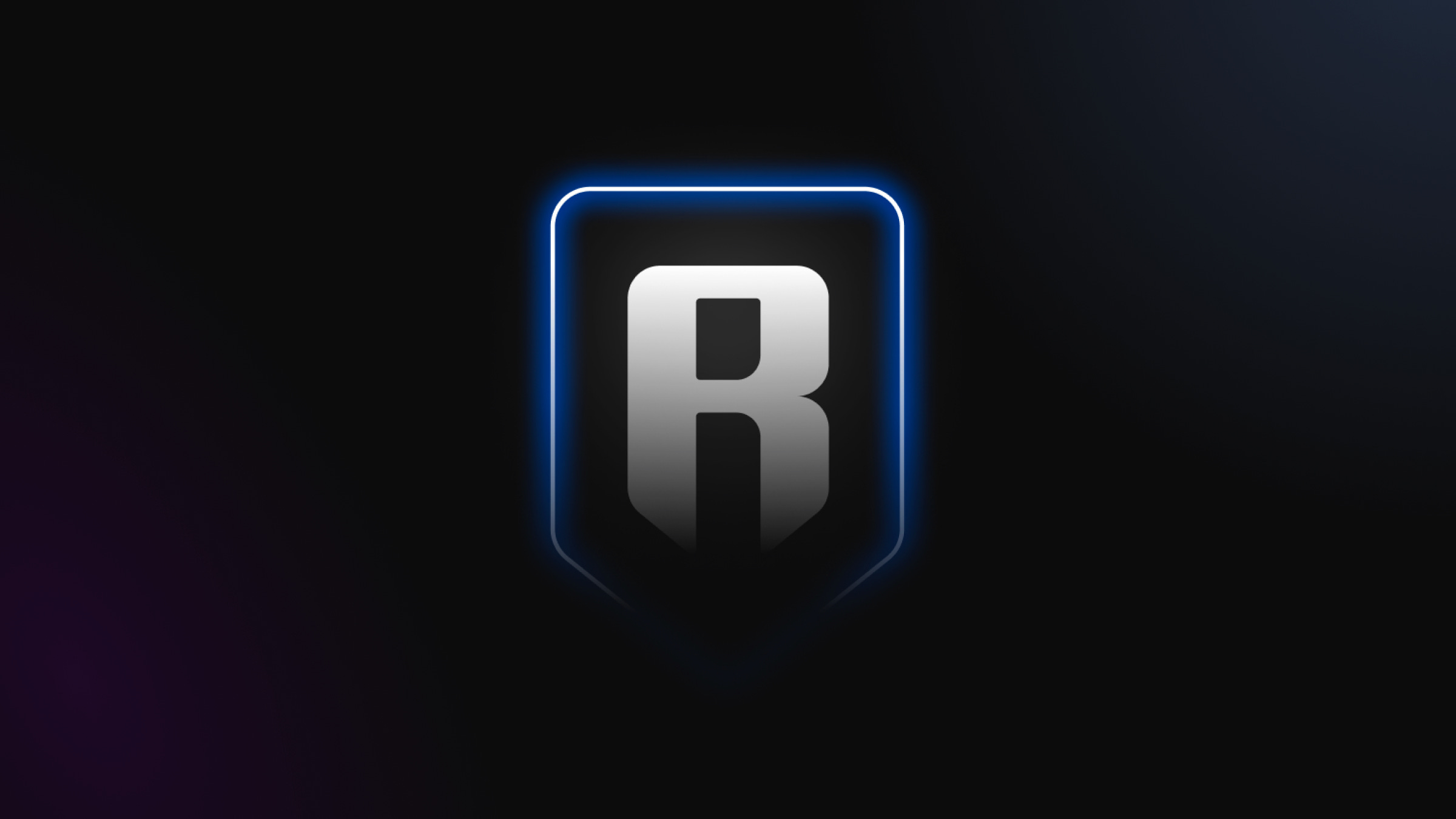
OP Stack Integration: Ronin is adopting Optimism’s OP Stack, a modular framework that enables scalable, interoperable Layer 2 chains, ensuring lightning-fast transactions and seamless Ethereum compatibility.
-

zkEVM Compatibility: The integration of zero-knowledge Ethereum Virtual Machine (zkEVM) technology allows for secure, private, and efficient transactions while maintaining full compatibility with Ethereum smart contracts.
-
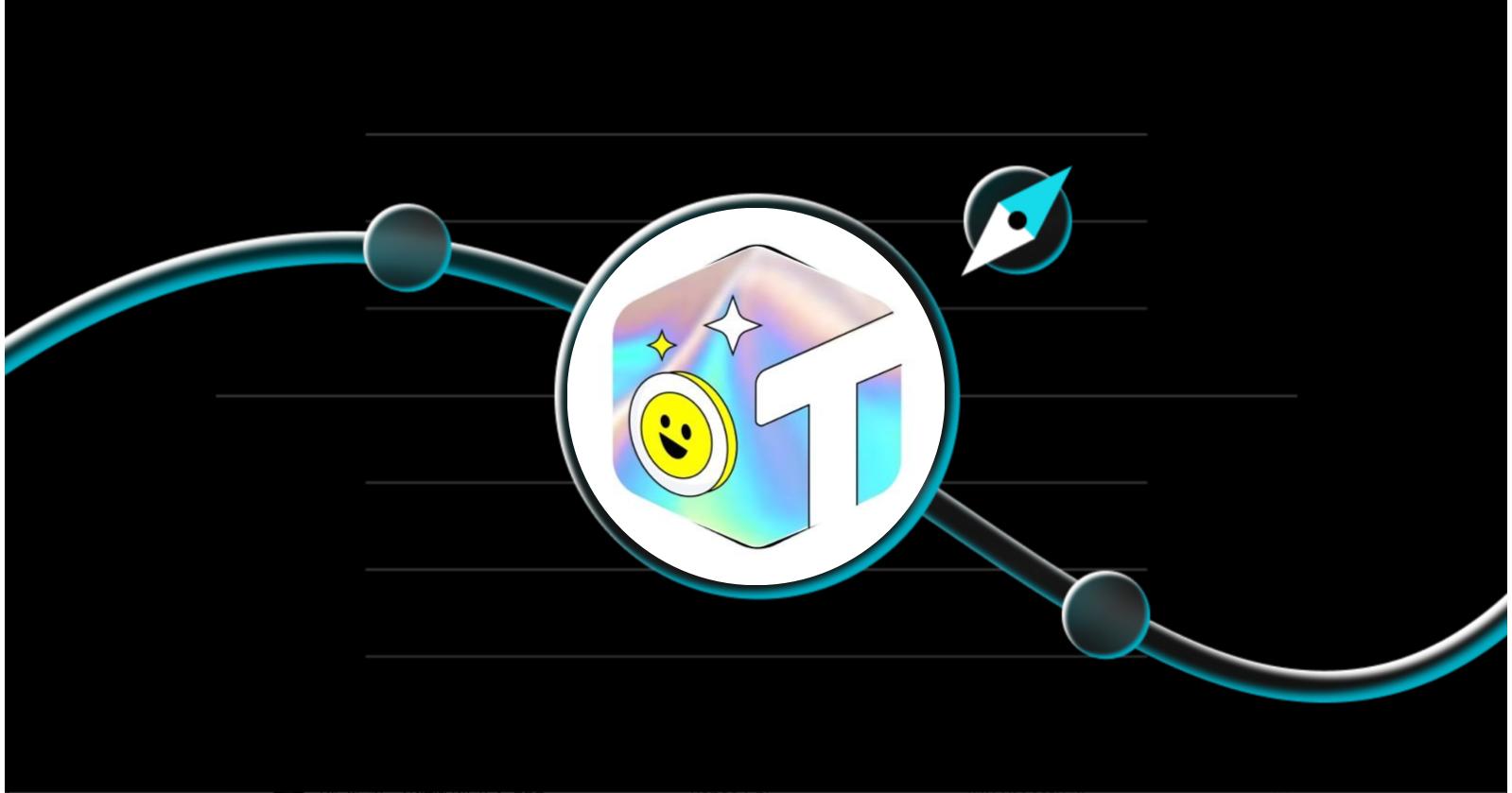
Sub-Cent Gas Fees: Transaction costs on Ronin L2 are slashed by 80%, with average fees dropping to under $0.01, making microtransactions and in-game economies affordable for all players.
-

10,000+ Transactions Per Second (TPS): The upgraded network processes over 10,000 TPS, rivaling traditional gaming platforms and enabling real-time, lag-free blockchain gaming experiences.
-
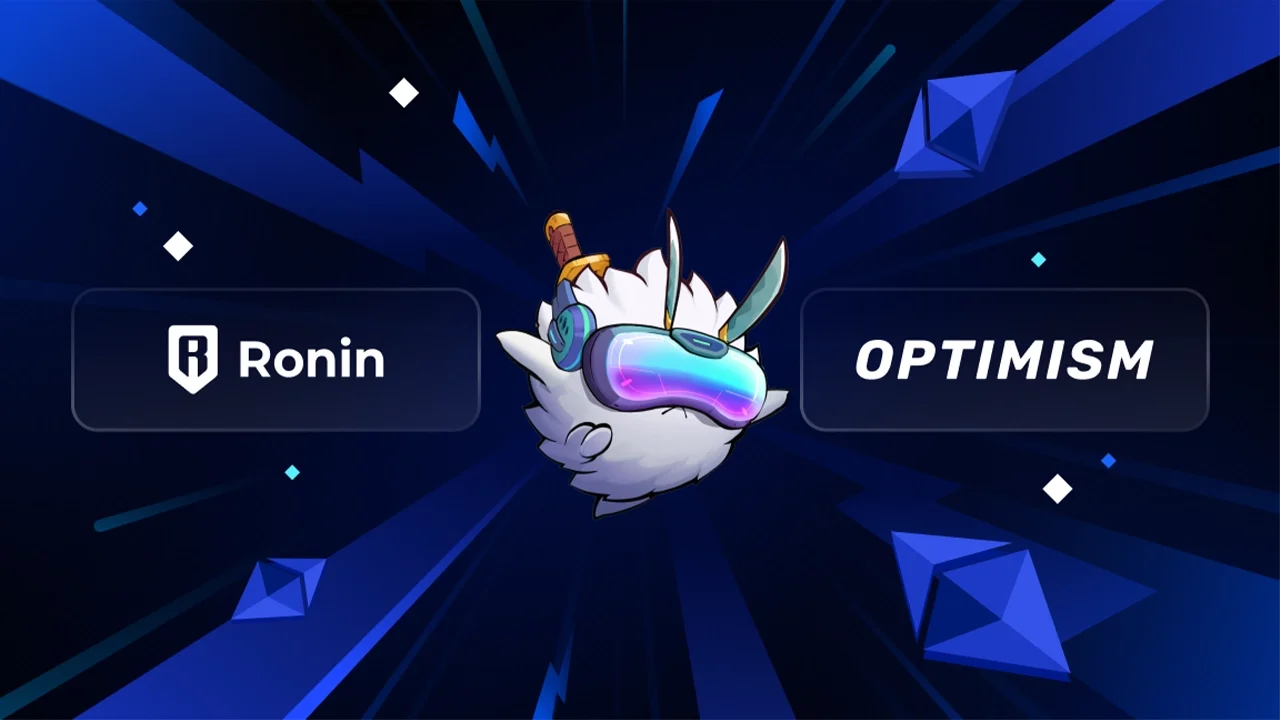
Ethereum-Level Security: By aligning with Ethereum’s robust security framework, Ronin L2 protects gaming assets and transactions, offering peace of mind to players and developers alike.
For developers, building on Ronin L2 means access to a robust SDK suite and cross-chain interoperability with Ethereum’s DeFi protocols. The network’s developer incentive program, featuring grants, co-marketing initiatives, and technical support, is already attracting both established studios and indie creators. This momentum is expected to accelerate as more projects witness the tangible benefits of real-time blockchain infrastructure.
For players, the difference is immediately noticeable. Games load faster. In-game transactions are processed instantly. NFT assets can be minted, traded, or transferred with negligible fees, all while enjoying the peace of mind that comes from Ethereum-backed security. With Ronin rollups for games, even casual players can participate in vibrant on-chain economies without worrying about technical hurdles or high costs.
How Ronin L2 Is Shaping the Future of Blockchain Gaming Development
The migration to Layer 2 isn’t just about speed, it’s about unlocking entirely new genres and gameplay mechanics previously impossible on-chain. Expect to see:
- Real-time PvP combat where every move is secured and settled on-chain in under a second.
- Dynamic NFT marketplaces with instant auctions and zero friction for microtransactions.
- Cross-game asset interoperability, allowing players to use their items across multiple titles seamlessly.
- Player-driven DAOs managing game economies with transparent governance models built directly into smart contracts.
This paradigm shift is already drawing attention from both traditional gaming giants exploring Web3 integrations and next-gen studios native to blockchain. As more developers tap into these capabilities, we’re likely to see an explosion of creativity, think persistent MMO worlds where every action matters and player agency shapes digital history in real time.
What’s Next for Ronin Network, and Why It Matters Now
The significance of this moment can’t be overstated: with $0.2898 RON reflecting renewed market confidence, Ronin Network stands as a beacon for scalable Web3 games heading into 2026. The combination of sub-second finality, near-zero gas fees, and Ethereum-aligned security creates fertile ground for real-time blockchain gaming at scale, a milestone many considered out of reach just a few years ago.
If you’re a developer or investor eyeing the next wave of gaming innovation, or simply a gamer eager for seamless on-chain play, now is the time to pay attention. For further insights into how these upgrades are transforming user experience and game design possibilities on Ronin L2, explore our deep dives at RoninDaily. com.

